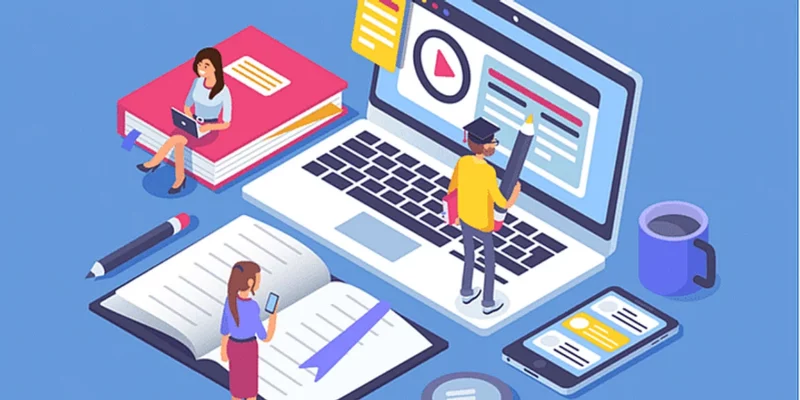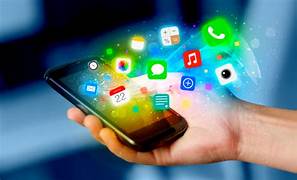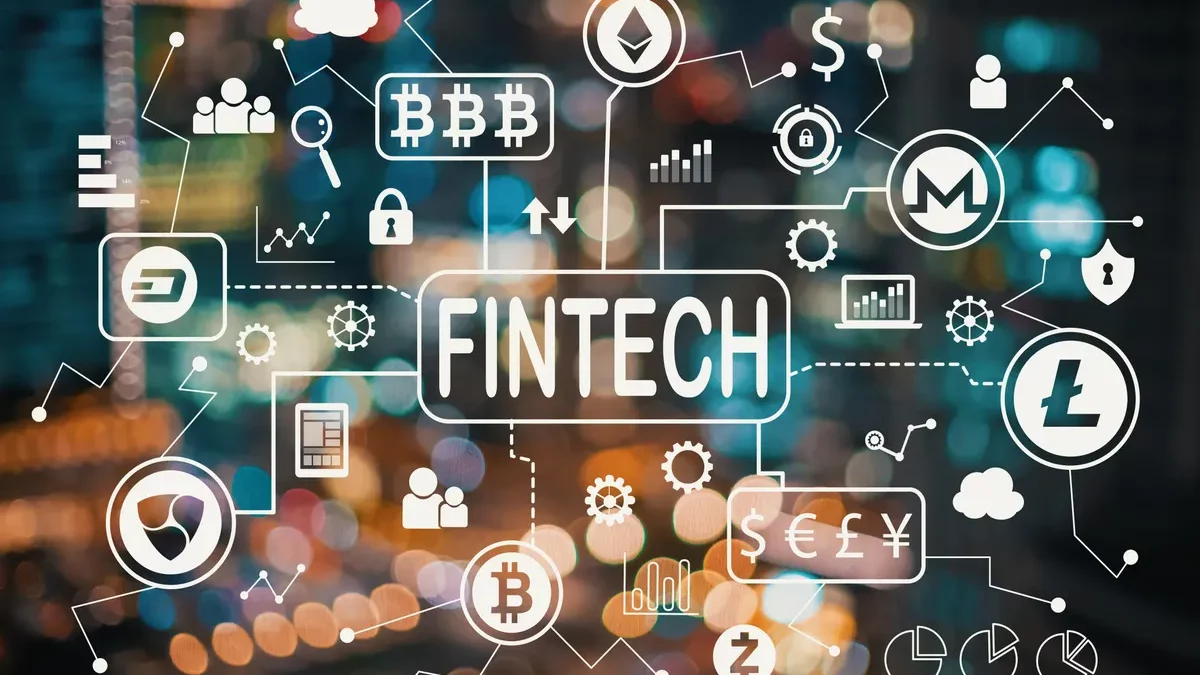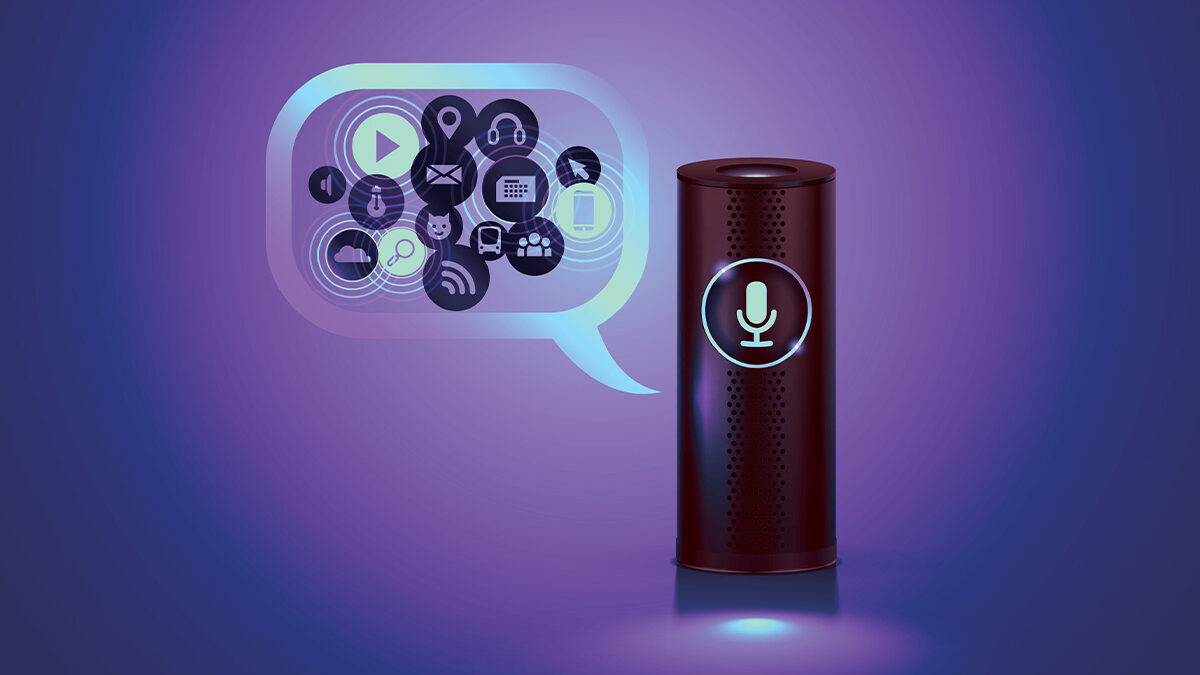
Educational technology (EdTech) is the use of technology to improve the delivery of education. This can include the use of computers, tablets, smartphones, and other devices to deliver instruction, as well as the use of online learning platforms, social media, and other tools to support learning.
EdTech has the potential to revolutionize education. It can make learning more personalized, engaging, and effective. It can also help to close the achievement gap and make education more accessible to all.
There are many different types of EdTech tools available. Some of the most popular include:
- Learning management systems (LMSs): These systems provide a centralized platform for teachers to create and deliver content, track student progress, and communicate with students and parents.
- Online courses: These courses can be taken at any time and from anywhere, and they often offer interactive features such as discussion forums and quizzes.
- Virtual reality (VR) and augmented reality (AR): These technologies can be used to create immersive learning experiences that allow students to explore the world in new and exciting ways.
- Gamification: This approach to learning uses game-like elements such as points, badges, and leaderboards to motivate students to learn.
EdTech is still a relatively new field, but it is growing rapidly. The global EdTech market is expected to reach $404 billion by 2025.
There are many benefits to using EdTech in education. Some of the most important benefits include:
- Personalization: EdTech can be used to personalize learning for each student. This can be done by providing different content, activities, and assessments for each student based on their individual needs and interests.
- Engagement: EdTech can be used to make learning more engaging for students. This can be done by using interactive features such as games, simulations, and virtual reality.
- Effectiveness: EdTech can be used to make learning more effective. This can be done by providing students with immediate feedback, tracking their progress, and providing them with opportunities to practice what they have learned.
- Accessibility: EdTech can be used to make education more accessible to all students. This can be done by providing students with access to learning materials and resources that they might not otherwise have access to.
Despite the many benefits of EdTech, there are also some challenges that need to be addressed. Some of the most important challenges include:
- Cost: EdTech can be expensive. This can be a barrier for schools and districts that have limited budgets.
- Training: Teachers need to be trained on how to use EdTech effectively. This can be a challenge for schools that do not have the resources to provide training.
- Adoption: Not all schools and districts are willing to adopt EdTech. This can be due to a variety of factors, such as cost, lack of training, or concerns about the quality of EdTech products.
Despite the challenges, EdTech has the potential to revolutionize education. It can make learning more personalized, engaging, and effective. It can also help to close the achievement gap and make education more accessible to all. As the EdTech market continues to grow, it is important that schools and districts take steps to address the challenges and adopt EdTech in a way that is beneficial for all students.
Conclusion
EdTech is a powerful tool that can be used to improve education. It has the potential to make learning more personalized, engaging, effective, and accessible. As the EdTech market continues to grow, it is important that schools and districts take steps to adopt EdTech in a way that is beneficial for all students.




